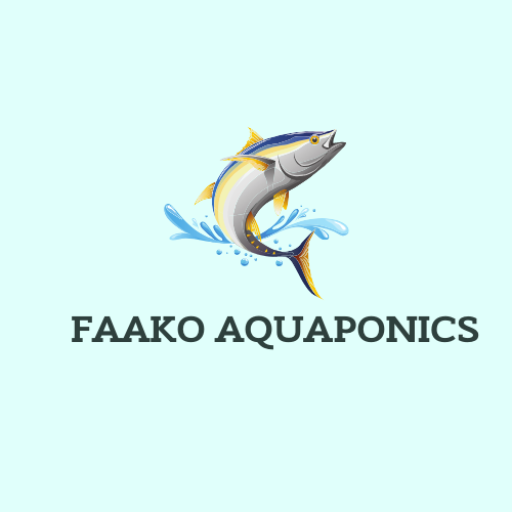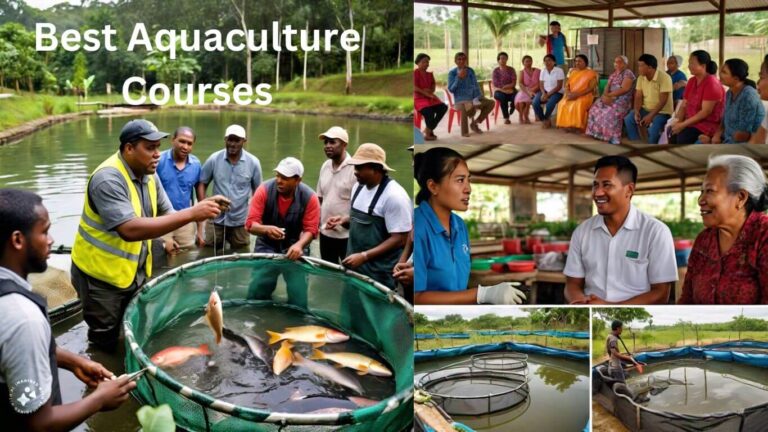11 Best fish to farm for profit can vary depending on various factors such as local climate, water conditions, market demand, and farming facilities
It’s important to note that the advantages and disadvantages can vary based on factors such as farming practices, location, and market demand. Sustainable and responsible farming practices can help mitigate some of the challenges associated with fish farming. In this article, we explore the types of Fish you can rear and their advantages and disadvantages.
1. Tilapia
Tilapia is a best fish to farm as a freshwater fish known for its adaptability to diverse environmental conditions. It has a mild taste, firm texture, and is easy to farm. Tilapia can adopt and tolerate a wide range of temperatures and water qualities, making it popular in aquaculture.
Tilapia has the scientific name as Various species within the Tilapiine cichlid family.
Advantages:
- Fast growth rate.
- Hardy and adaptable to various environments.
- Tolerant of change of water conditions.
- Mild-flavoured and delicious flesh.
Disadvantages:
- Susceptible to diseases in crowded conditions.
- High feed conversion ratio compared to some other species.
- takes relatively longer to mature compared to other species like catfish
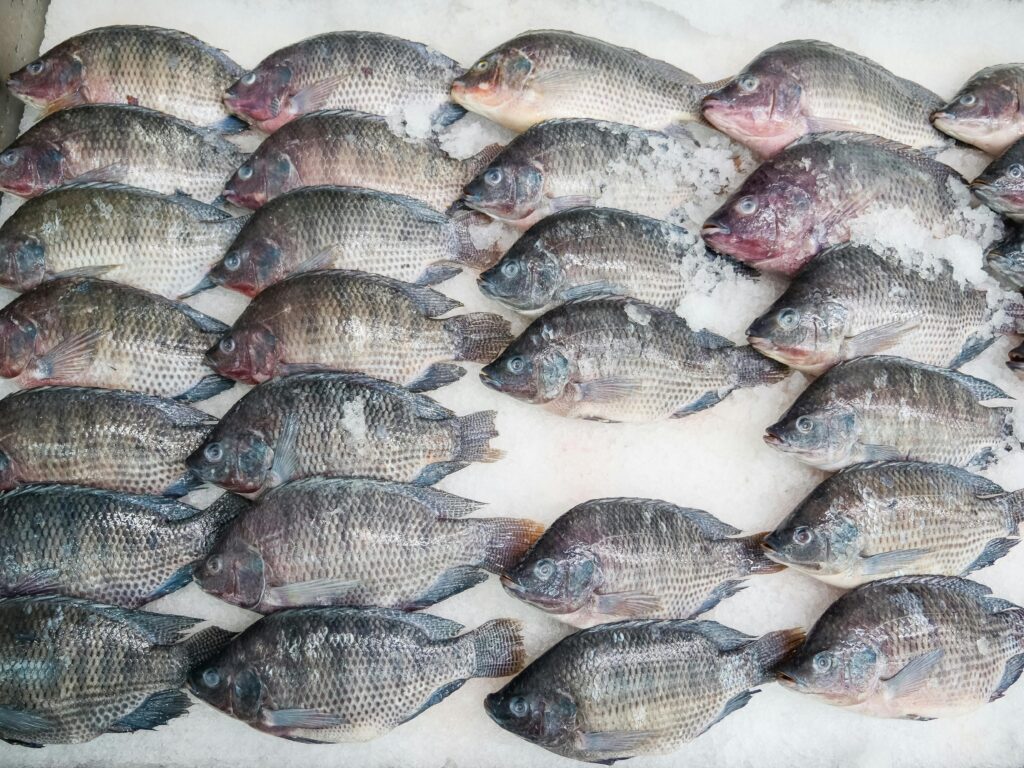
Tilapia
2. Catfish
Catfish are one of the Best fish to farm as freshwater fish known for their distinctive barbels resembling cat whiskers. They are hardy and can thrive in various water conditions. Catfish farming is common in ponds and tanks, and they are appreciated for their white, delicious, and flaky flesh.
Catfish scientific name; Various species within the family Ictaluridae
Advantages:
- Hardy and can tolerate diverse water conditions.
- Fast growth rate therefore takes shorter period to mature
- Popular in many cuisines for its mild taste.
Disadvantages:
- Susceptible to certain diseases.
- High ammonia production in crowded conditions.
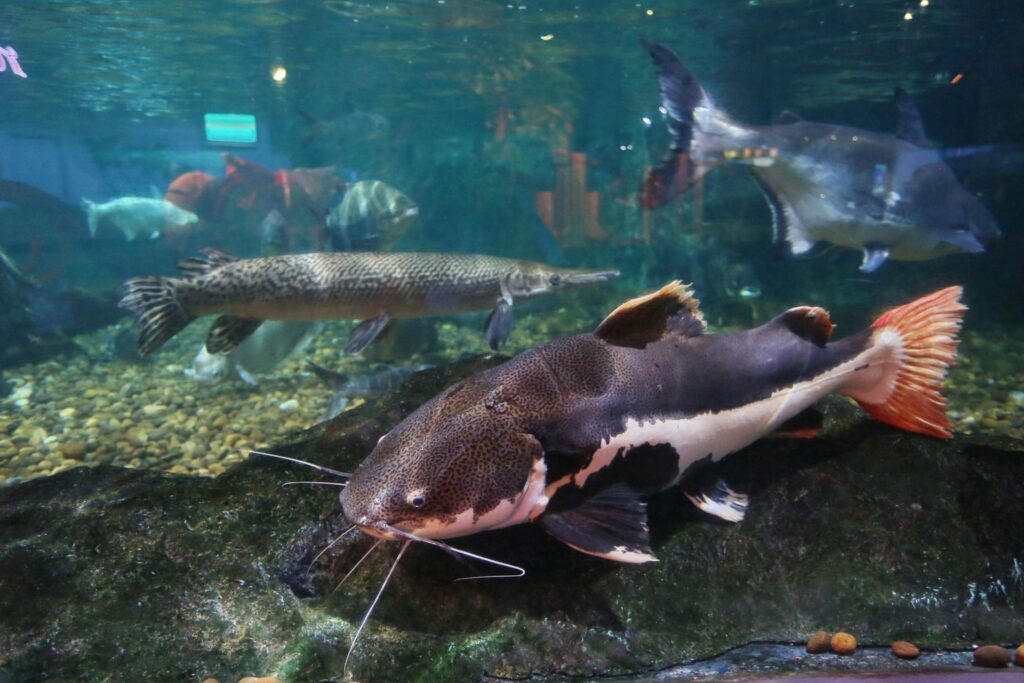
Catfish
3. Salmon
Salmon are anadromous fish, meaning they migrate from freshwater to the ocean and back to spawn. In aquaculture, salmon are often raised in sea cages. They are prized for their rich flavor and high omega-3 fatty acid content.
The scientific name for Salmon; Various species, including Atlantic salmon (Salmo salar) and Pacific salmon (Oncorhynchus spp.)
Advantages:
- High market demand and value.
- Rich in omega-3 fatty acids.
- Can be farmed in sea cages.
- Delicious flesh
Disadvantages:
- Environmental concerns related to sea cage farming.
- Vulnerability to diseases in crowded conditions.
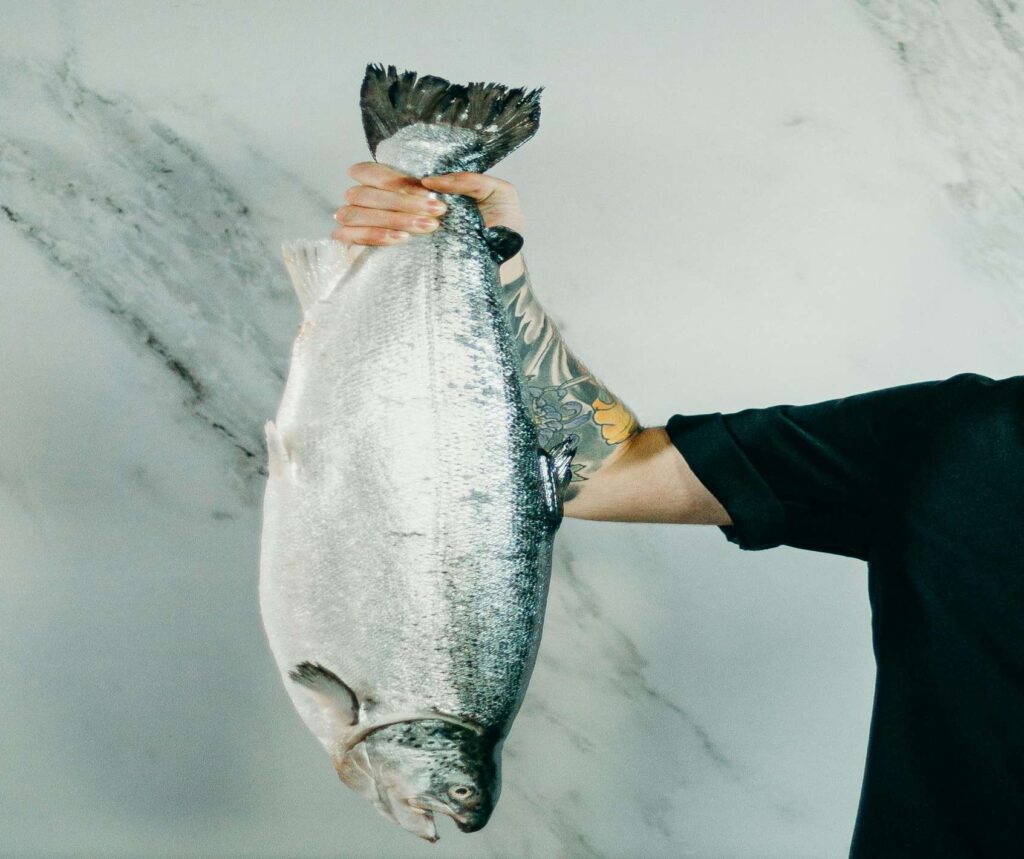
Salmon
4. Trout
Trout are cold-water fish with a delicate flavor and tender flesh. Often farmed in freshwater ponds or raceways. Rainbow trout is the best fish to farm, in particular, is widely cultivated due to its adaptability and fast growth
Scientific name for Trout is Various species, including Rainbow trout (Oncorhynchus mykiss) and Brown trout (Salmo trutta).
Advantages:
- Delicate flavour and high nutritional value.
- Well-suited for freshwater farming.
- Fast growth rate.
Disadvantages:
- Sensitive to water quality changes.
- Require cold water for optimal growth.
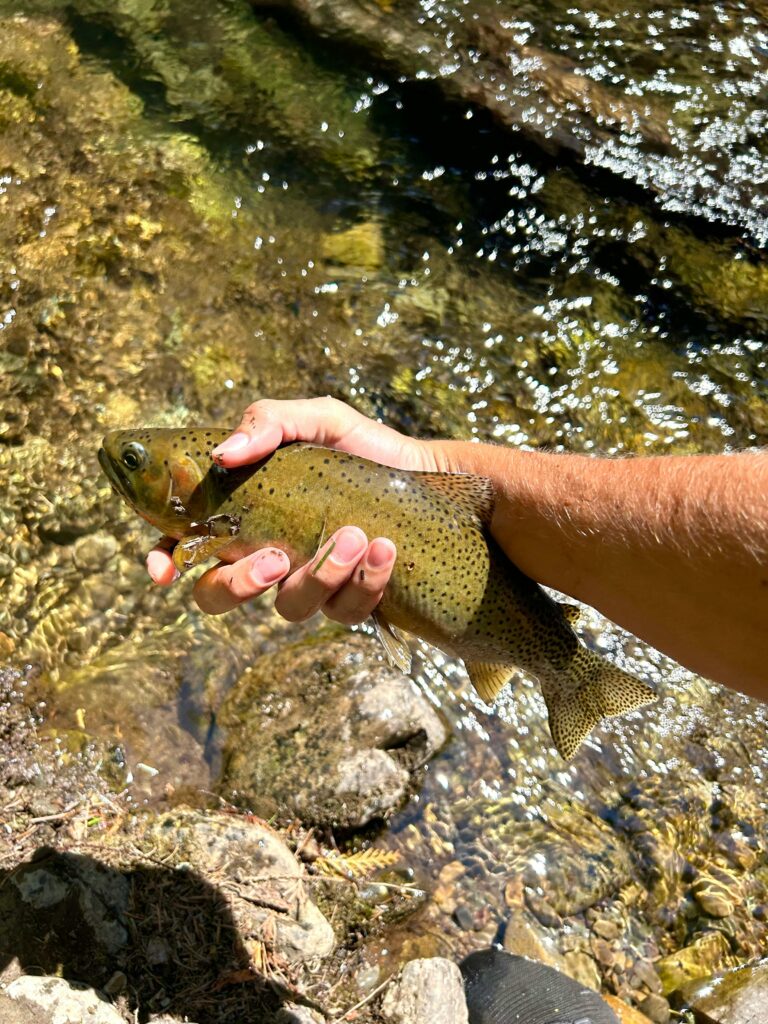
Trout
5. Carp
Carp are hardy freshwater fish with a variety of species cultivated worldwide. They are known for their resilience and ability to thrive in different water conditions. Carp are valued for their mild-flavoured flesh
Scientific name is Various species, including Common carp (Cyprinus carpio) and Silver carp (Hypophthalmichthys molitrix).
Advantages:
- Hardy and adaptable to different water conditions.
- High tolerance to poor water quality.
- Diverse species suitable for farming.
Disadvantages:
- May have a stronger taste compared to other species.
- Prone to overpopulation in certain conditions.
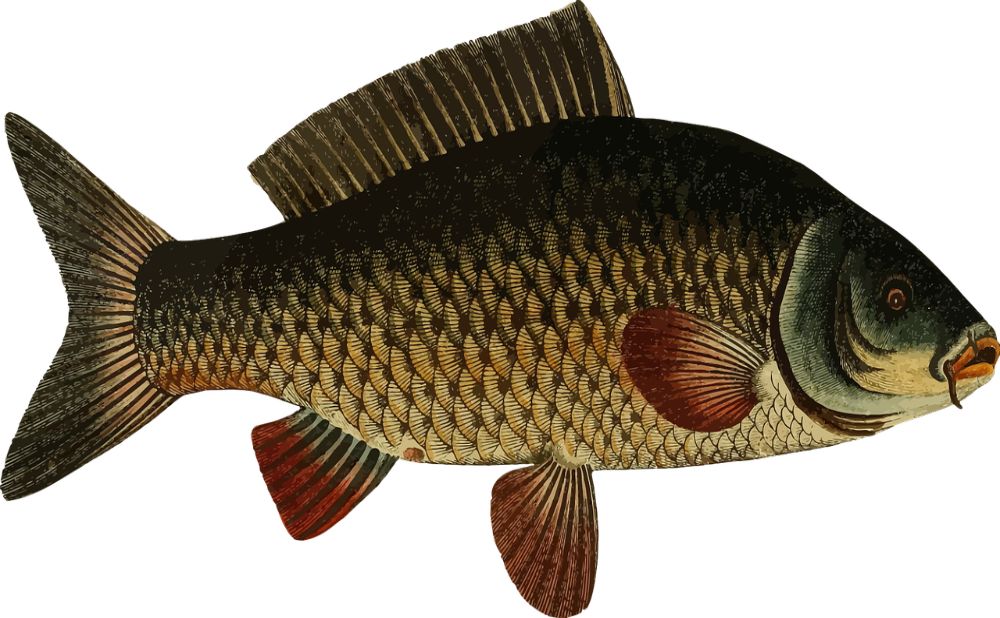
Carp
6. Barramundi
Barramundi, also known as Asian sea bass, is a tropical fish native to the Indo-Pacific region. It has a mild, buttery flavor and firm texture. It’s farmed in both freshwater and brackish water environments.
The scientific name of Barramundi is Lates calcarifer.
Advantages:
- Mild, buttery flavour.
- Suitable for both freshwater and brackish water farming.
- Fast growth rate.
Disadvantages:
- Sensitivity to temperature changes.
- Disease susceptibility in intensive farming.
7. Pangasius (Swai or Basa)
Pangasius is a type of catfish commonly farmed in Southeast Asia. It has a mild taste and is known for its affordability. Pangasius fillets are often sold in international markets and are versatile for various culinary preparations.
Scientific name; Pangasius spp
Advantages:
- Affordable and widely available.
- Fast growth rate.
- Adaptable to various farming systems.
Disadvantages:
- Environmental concerns related to farming practices.
- It has Perception issues due to farming conditions in some regions.
8. Striped Bass
Striped bass is a marine fish known for its distinctive stripes. It is often farmed in brackish water or marine environments. The flesh is white and flaky, and it is considered a premium fish in culinary terms. Striped bass is also one of the best fish to farm.
Scientific name is Morone saxatilis.
Advantages:
- Premium quality, white, flaky flesh.
- High market demand.
- Suitable for marine aquaculture.
Disadvantages:
- Sensitivity to environmental changes.
- Mostly requires larger space compared to some freshwater species.
9. Sea Bream
Sea bream are marine fish found in the Mediterranean and other regions. Gilthead sea bream, in particular, is prized for its delicate flavor and is commonly farmed in offshore pens or sea cages.
Scientific name is Sparidae family, including gilthead sea bream (Sparus aurata).
Advantages:
- Delicate flavor and firm texture.
- Popular in Mediterranean cuisine.
- Can be farmed in offshore pens.
Disadvantages:
- Slow growth rate compared to some species.
- Sensitivity to water quality.
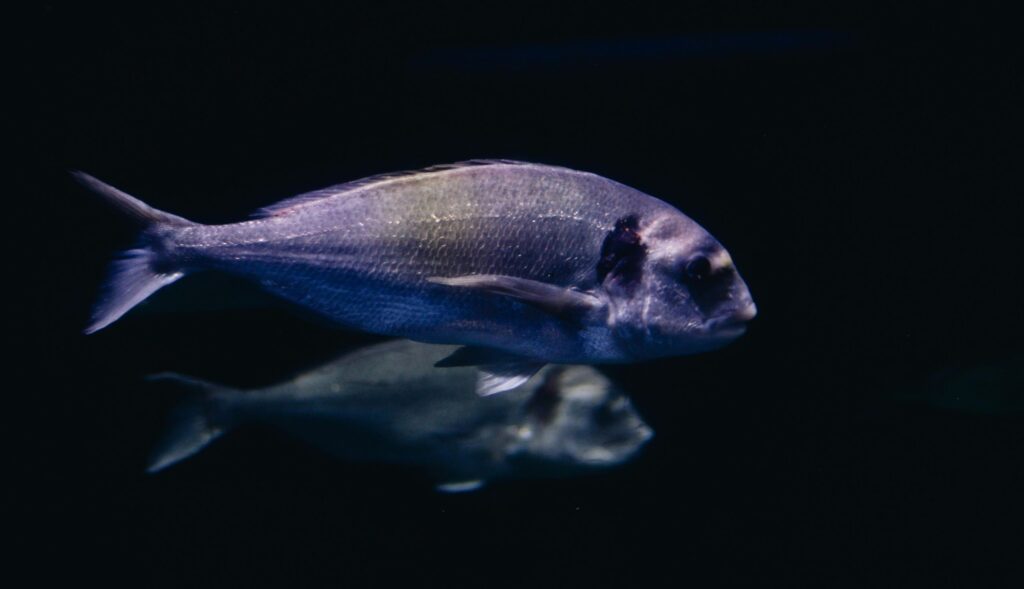
Sea Bream
10. Tuna
Tuna are large, fast-swimming fish found in both temperate and tropical oceans. Farming tuna is challenging and typically involves offshore pens. They are highly valued for their rich, flavorful flesh and are often used in sushi and sashimi.
Scientific name; Various species, including Bluefin tuna (Thunnus thynnus) and Yellowfin tuna (Thunnus albacares).
Advantages:
- High market value, especially for sushi and sashimi.
- Demand for sustainable tuna farming.
- Valuable for both domestic and international markets.
Disadvantages:
- Challenging to farm due to migratory nature.
- Large space requirements for offshore pens.
- Environmental cceronns related to open-ocean farming.

Tuna
11. Koi
Koi, also known as Nishikigoi, are a colorful and ornamental variety of common carp (Cyprinus carpio) that have been selectively bred for their vibrant colors and patterns. They are popular in decorative ponds and water gardens. They are mostly rear for decorative and recreational purposes.
Koi has it Scientific Name as: Cyprinus rubrofuscus (commonly referred to as Koi)
Advantages
- Ornamental Value: Koi are prized for their stunning and diverse coloration, making them highly sought after for ornamental purposes in ponds and gardens.
2. Cultural Significance: Koi are culturally significant in many Asian societies and are often associated with positive attributes such as good luck, prosperity, and longevity.
3. Hardiness: Koi are generally hardy fish, capable of adapting to a variety of pond conditions, including temperature fluctuations and different water qualities.
4. Long Lifespan: With proper care, Koi can have a long lifespan, sometimes reaching several decades.
5. Variety of Species: There are numerous Koi varieties, each with its own unique color patterns, including Kohaku, Sanke, Showa, and many more.
6. Low Maintenance: Koi ponds are relatively low-maintenance compared to some other types of fish farming. Once established, they can be self-sustaining ecosystems.
Disadvantages
1. Space Requirements: Koi ponds require adequate space, and larger ponds are often necessary for maintaining a healthy and aesthetically pleasing environment.
2. High-Cost Initial Investment: Setting up a Koi pond with the necessary equipment, filtration systems, and landscaping can require a significant initial investment.
3. Predator Concerns: Koi are susceptible to predation by birds, raccoons, and other wildlife. Protective measures, such as netting, may be required.
4. Disease Risk: Like other fish, Koi are susceptible to diseases. Monitoring water quality and taking preventive measures are crucial to maintaining their health.
5. Selective Breeding Challenges: Breeding Koi with specific color patterns and traits can be a complex process, requiring expertise in genetics and careful selection.
6. Market Value Fluctuations: The market value of Koi can vary widely based on factors such as size, coloration, and lineage. Economic factors and trends in the ornamental fish market can influence prices.
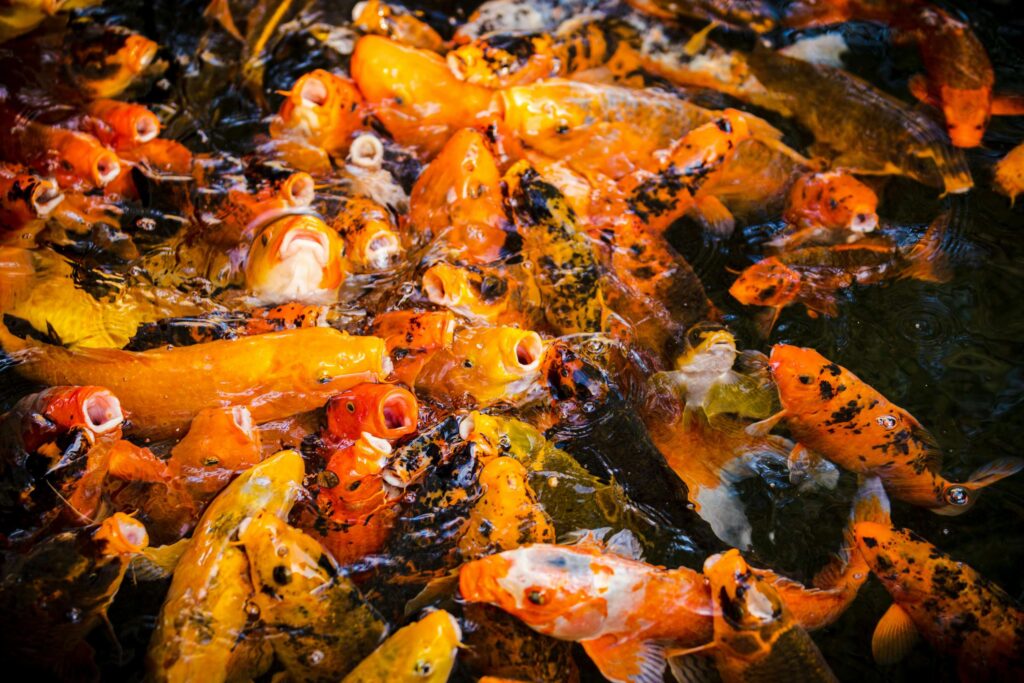
Koi
Conclusion
Various types of fish farming offer different unique advantages and disadvantages.
Fish farmers need to consider the specific requirements of each species, including water quality, temperature, feeding habits, resources available, expertise, and space.
Sustainable and responsible aquaculture practices are increasingly emphasized to minimize environmental impact and ensure long-term viability.
Recommendation
As a beginner, it might be difficult to select the best type of fish to farm. So getting a comprehensive guide will assist you through your fish farming journey tremendously.
I wrote this guide using my years of experience and research. It covers almost everything you need to know in the fish farming journey. Check Out Now
